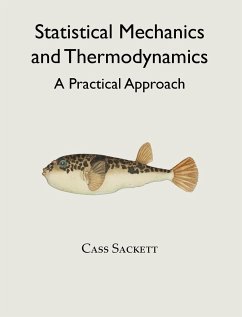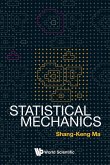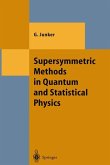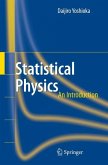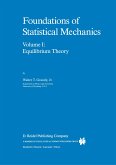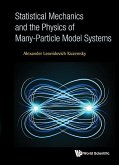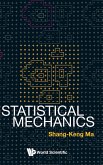Statistical Mechanics and Thermodynamics: A Practical Approach offers a fresh take on the traditional graduate-level physics course. It emphasizes the tools needed to apply statistical mechanics in research across a wide variety of fields, while maintaining the rigor necessary for a clear exposition. The book is designed to support an active-learning approach, using numerous conceptual questions and example problems with solutions so that students can practice and self-assess their understanding as they progress. Topics covered include: Boltzmann systems (Boltzmann distribution, partition functions, classical systems, coordinate distributions, Boltzmann transport equation) Quantum systems (degenerate Fermi gases, Pauli paramagnetism, Landau diamagnetism, Bose-Einstein condensation, blackbody radiation, Debye model) Thermodynamics (laws of thermodynamics, entropy, relation between thermodynamics and statistical mechanics, free energy functions, chemical equilibrium, response functions, thermodynamics of magnetic systems) Ensemble theory (microcanonical, canonical and grand canonical ensembles, density matrix theory, phase space, the Liouville equation, kinetic theory) Interacting systems (virial approximation, Ising model, van der Waals gas, phase transitions, critical phenomena) The order of presentation is motivated by research in pedagogical scaffolding, with the most direct and applicable techniques presented first and more abstract concepts delayed until students have developed a basic level of proficiency. Scaffolding and active learning have seen widespread application in introductory physics courses, but the pedagogy remains effective at all levels.
Hinweis: Dieser Artikel kann nur an eine deutsche Lieferadresse ausgeliefert werden.
Hinweis: Dieser Artikel kann nur an eine deutsche Lieferadresse ausgeliefert werden.

